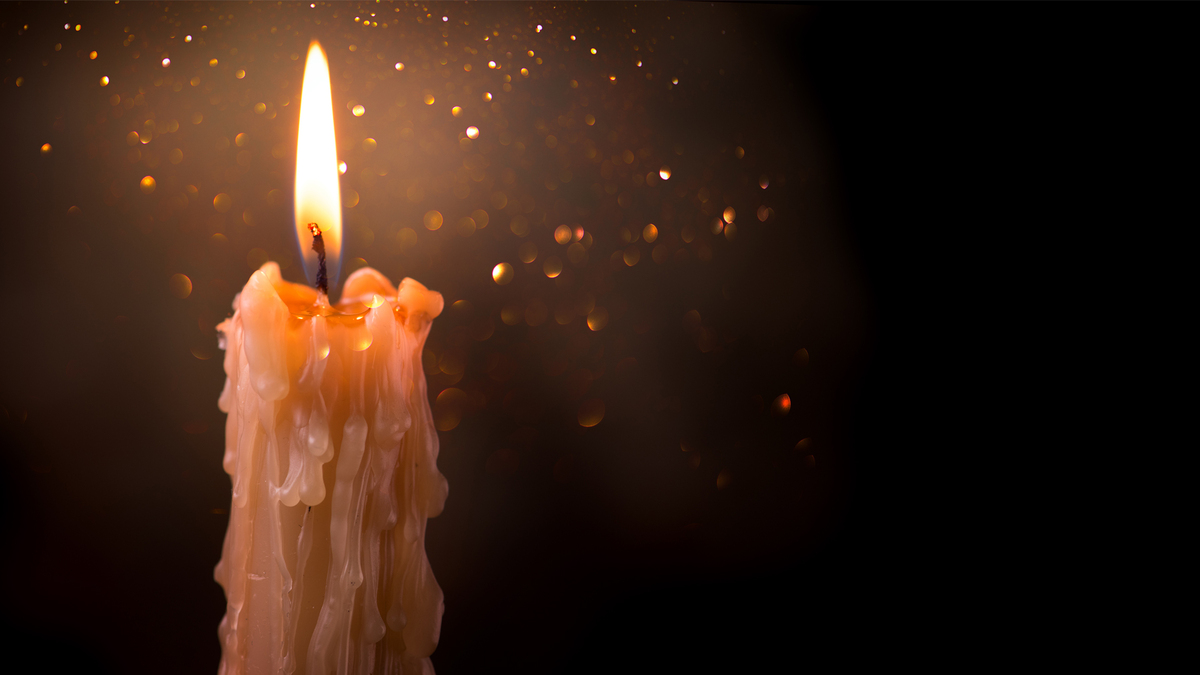

Articles
Why Do My Candles Burn So Fast
Modified: May 6, 2024
Discover the reasons behind candles burning fast in this informative article. Find helpful tips and tricks to extend the burn time of your favorite candles.
(Many of the links in this article redirect to a specific reviewed product. Your purchase of these products through affiliate links helps to generate commission for Storables.com, at no extra cost. Learn more)
Introduction
Candles have been used for centuries to create ambiance, add fragrance, and provide a soothing source of light. However, there is nothing more frustrating than lighting a beautiful candle only to watch it burn down quickly, leaving you with little time to enjoy its glow and fragrance. But why do some candles burn so fast? In this article, we will explore the various factors that can affect the burn time of candles and provide practical tips to help extend their lifespan.
Key Takeaways:
- Choose high-quality soy or beeswax candles for longer burn times and cleaner, more sustainable options. Opt for the right wick size and type to ensure an optimal burn rate and steady flame.
- Place candles in draft-free areas, trim wicks, and follow proper burning techniques to maximize burn time and enjoy a prolonged, soothing candlelit ambiance.
Read more: Why Do Candles Burn
Factors Affecting Candle Burn Time
Several factors can influence how quickly a candle burns. Understanding these factors will help you optimize the burn time and get the most out of your candles. Here are the main factors that can affect the burn time of your candles:
- Quality of Wax: The type and quality of wax used in a candle can significantly impact its burn time. High-quality waxes, such as soy wax and beeswax, tend to burn slower and more evenly compared to lower-quality paraffin wax candles.
- Wick Type and Size: The wick plays a crucial role in how fast a candle burns. A thicker wick will absorb more wax and result in a faster burn, while a thinner wick can slow down the burn rate. Additionally, using the correct wick size for the candle’s diameter is essential for optimal burn time.
- Fragrance and Additives: Candles that contain fragrance oils or additional additives may burn faster than unscented candles. The added ingredients can affect the wax’s composition and alter the burn time. Candles with a higher concentration of fragrance oils may provide a stronger scent but may also burn more quickly.
- Placement and Drafts: Where you place your candle can affect its burn time. Placing a candle in a drafty area, such as near an open window or a fan, can cause the flame to flicker and burn unevenly, leading to faster burn times. Ensure that your candle is placed in a still and well-ventilated area to optimize burn time.
Each of these factors can contribute to the speed at which a candle burns. Understanding their impact and making the necessary adjustments will help you prolong the burn time of your candles and make the most out of their presence in your space. In the following sections, we will delve deeper into each factor and discuss specific techniques and tips to optimize your candle burn time.
Quality of Wax
When it comes to candle burn time, the quality of the wax used is of utmost importance. Different types of wax have varying burn characteristics, so selecting the right wax can significantly impact how long your candle lasts.
One of the most popular options for high-quality candles is soy wax. Soy wax is made from soybean oil, making it a renewable and eco-friendly choice. Soy candles tend to burn slower and more evenly compared to other waxes. They also have a lower melting point, which helps to extend the burn time. Additionally, soy wax has excellent fragrance-holding properties, allowing for a more pronounced scent throughout the entire burn.
Beeswax is another excellent choice if you’re looking for a longer burn time. Beeswax candles have a naturally slow burn rate and emit a warm, honey-like aroma. They are known for producing a bright, steady flame that also helps to purify the air. Beeswax candles are more expensive than other options, but their lengthy burn time and natural beauty make them worth the investment.
On the other hand, paraffin wax candles, which are made from petroleum, tend to burn faster compared to soy or beeswax candles. Paraffin wax has a higher melting point and can lead to uneven burning and the formation of soot. While these candles are generally more affordable, their shorter burn time makes them less economical in the long run.
When purchasing candles, it’s essential to look for labels that indicate the type of wax used. Opt for candles made from natural waxes like soy or beeswax, as they not only provide a longer burn time but also offer a cleaner and more sustainable option. However, keep in mind that the specific formulation and quality of the wax can also impact burn time, so it’s essential to choose reputable brands known for their craftsmanship.
By selecting high-quality wax for your candles, you can enjoy longer burn times, a more even melt pool, and a cleaner burn. Not only will you be able to savor the candlelit ambiance for an extended period, but you’ll also maximize the value of your candles.
Wick Type and Size
The wick of a candle plays a crucial role in determining how quickly it burns. The type and size of the wick can significantly influence the burn time and overall candle performance.
When it comes to wick types, there are several options available, including cotton, braided, and wooden wicks. Cotton wicks are the most common and widely used. They are known for their clean burn, ability to hold up to various fragrance loads, and compatibility with different types of wax. Braided wicks are similar to cotton wicks but have multiple strands braided together, making them more robust and suitable for larger diameter candles. Wooden wicks provide a unique crackling sound and offer a more distinctive aesthetic appeal.
In addition to the wick type, the size of the wick also affects the burn time. The size of the wick is determined by its diameter or thickness. A thicker wick will absorb more wax and generate a larger flame, resulting in a faster burn rate. Conversely, a thinner wick will absorb less wax and create a smaller flame, leading to a slower burn. It’s important to choose the right wick size for your candle to ensure an optimal burn time. The general rule of thumb is to use a wick that matches the diameter of your candle container. If your wick is too thin, it may not create a sufficient flame to melt the wax fully, resulting in tunneling. On the other hand, a wick that is too thick may cause excessive sooting and uneven burning.
To further enhance the burn time and performance of your candle, you can consider using wicks with specialized features. For example, some wicks are designed with a paper or cotton core that provides extra stability. Others have a metal or paper tab at the bottom that anchors the wick to the container’s bottom, preventing it from floating or moving during the burn.
Experimenting with different wick sizes and types can help you find the perfect match for your candles. It’s essential to observe each candle’s performance and make adjustments as needed. Remember, choosing the right wick type and size will not only optimize the burn time but also ensure a clean, steady flame and even wax consumption.
Fragrance and Additives
Adding fragrance oils and other additives to candles can enhance the overall experience by filling the air with delightful scents. However, it’s important to note that these additives can affect the burn time of the candle.
Candles that contain fragrance oils tend to burn faster than unscented candles. The additional ingredients in the fragrance oil can alter the composition of the wax, causing it to burn more quickly. Candles with a higher concentration of fragrance oils may provide a stronger scent, but they may also burn at a faster rate.
When selecting scented candles, be mindful of the fragrance load. The fragrance load refers to the percentage of fragrance oil added to the wax. Candles with a higher fragrance load will have a more intense scent but may burn faster. It’s a balance between the desired scent strength and the desired burn time.
In addition to fragrance oils, other additives such as colorants and glitter can also impact burn time. These additional ingredients can affect the wax composition and alter how the candle burns. Candles with added colorants or glitter may burn faster or produce more soot compared to candles without these additives.
To maximize the burn time of scented candles, consider the following tips:
- Opt for candles with a moderate fragrance load. This will provide a pleasant scent without sacrificing burn time.
- Burn scented candles in smaller spaces. The fragrance will disperse more effectively, allowing for a lower burn temperature and a longer burn time.
- Trim the wick before each use to ensure a controlled flame and minimize excessive heat, which can cause the candle to burn faster.
- Avoid burning scented candles for extended periods. This prevents the fragrance oil from evaporating too quickly and helps to preserve the burn time.
By being mindful of the fragrance load and other additives in your candles, you can strike a balance between scent intensity and burn time. Pay attention to candle labels and descriptions to make informed choices and enjoy both a fragrant atmosphere and an extended burn time.
Trim the wick to 1/4 inch before lighting to control the size of the flame and prevent the candle from burning too quickly.
Read more: Why Do Some Candles Burn Black Smoke
Placement and Drafts
The placement of your candles and the presence of drafts in the room can have a significant impact on their burn time. It’s important to consider these factors to ensure an optimal and consistent burn.
To maximize the burn time of your candles, it’s crucial to place them in a still and well-ventilated area. Avoid placing candles near open windows, fans, or doors where drafts can disrupt the flame. Drafts can cause the flame to flicker and burn unevenly, leading to faster and uneven burn times.
When a candle burns in a drafty location, the flame is constantly being disturbed, causing the wax to evaporate more quickly. This not only shortens the burn time but can also result in an uneven melt pool and possible candle tunneling.
Additionally, the stability of the candle flame can be affected by air currents. A strong draft can cause the flame to lean in one direction, potentially causing the wick to burn unevenly and the wax to melt unevenly.
To minimize the impact of drafts, consider the following tips:
- Select a stable location for your candles, away from drafts caused by open doors, windows, vents, or fans.
- Ensure proper ventilation in the room. Adequate air circulation can help maintain a steady flame and prevent excessive heat buildup.
- In areas prone to drafts, use candle holders with lids or covers. This can help protect the flame from being easily extinguished and minimize the impact of air disturbances.
By placing your candles in a still and draft-free environment, you can ensure a consistent and prolonged burn time. It’s important to create an optimal atmosphere for your candles to enjoy their gentle glow and aromatic ambiance for as long as possible.
Candle Care and Maintenance
Proper care and maintenance of your candles can greatly contribute to extending their burn time. By implementing the following practices, you can optimize the performance and longevity of your candles.
Firstly, it’s essential to always trim the wick before lighting a candle. Trim the wick to approximately 1/4 inch to ensure a controlled flame and minimize sooting. A longer wick can result in a larger flame, causing the candle to burn faster. Regularly trimming the wick will also help prevent mushrooming and carbon buildup, which can lead to excessive smoke.
When you first light a candle, ensure that you allow it to burn long enough to create a full melt pool. This means allowing the entire top layer of wax to liquefy, reaching the edges of the container. Failure to achieve a full melt pool during the initial burn can result in tunneling, where the wax burns down the center, leaving a ring of unused wax along the sides.
It’s important to monitor the burning time of your candles. Avoid burning them for long periods of time, as this can cause the candle to burn too quickly. It’s recommended to limit the burning time to a few hours at a time. Allow the candle to cool and solidify before relighting. This helps to prevent overheating and ensures a longer overall burn time.
To protect the integrity of the candle, avoid burning it all the way down to the bottom of the holder or container. Leaving a small amount of wax at the bottom will help prevent the container from overheating or cracking. Discontinue use when there is approximately 1/2 inch of wax remaining.
Proper storage of your candles is also important in maintaining their quality and burn time. Store candles in a cool, dry place, away from direct sunlight and extreme temperatures. Avoid storing them in areas where they may be exposed to moisture or humidity, as this can affect the wax consistency and burn performance.
By following these candle care and maintenance practices, you can prolong the burn time of your candles and enhance their overall performance. Taking a few extra steps ensures that you can enjoy the soothing glow and enticing fragrance of your candles for an extended period.
Burning Techniques
Using proper burning techniques can help optimize the burn time and performance of your candles. By implementing these techniques, you can ensure a longer-lasting, evenly burning candle.
One important technique is to allow your candle to burn for a sufficient amount of time during each use. This means lighting the candle and letting it burn long enough to create a full melt pool, where the wax completely liquefies to the edges of the container. This usually takes about one hour per inch in diameter of the candle. This technique helps prevent tunneling and ensures that the candle burns evenly throughout its lifetime.
Avoid extinguishing the candle before a full melt pool has formed, as this can lead to uneven burning and wasted wax. If you don’t have enough time for a full burn, it’s better to wait until you can commit to a longer burning session.
It’s also important to practice patience when extinguishing your candles. Avoid blowing them out, as this can result in hot wax splatter and can disturb the wick. Instead, use a candle snuffer or gently place a lid over the candle to extinguish the flame. This helps to prevent lingering smoke and ensures that the wick remains centered and ready for the next burn.
To avoid excessive sooting and blackening of the container, keep the wick trimmed to 1/4 inch before each use. A longer wick can cause the flame to burn too hot, resulting in unnecessary smoke and soot buildup. Trimming the wick helps to maintain a controlled flame and promotes a cleaner burn.
In addition to proper wick trimming, it’s important to keep the candle free of debris, such as matches or wick trimmings. These can accumulate in the wax pool and create a potential fire hazard. It’s advisable to remove any debris before lighting the candle to ensure a safe and efficient burning experience.
Lastly, avoid burning candles in close proximity to each other. When candles are too close, their combined heat can cause uneven burning and may result in one candle burning faster than the others. Space candles at least a few inches apart to allow for consistent heat distribution and an even burn time.
By following these burning techniques, you can enhance the performance and longevity of your candles. Consistent and proper use will ensure that you get the most out of each candle, allowing you to indulge in their soothing glow and captivating fragrances for a longer duration.
Candle Size and Shape
The size and shape of a candle can also affect its burn time and overall performance. Different sizes and shapes require specific burning techniques to optimize the candle’s lifespan.
Firstly, the size of the candle plays a significant role in how long it burns. Larger candles generally have a longer burn time compared to smaller ones. This is because larger candles typically have a larger wax volume and a thicker wick to support a larger flame. If you’re looking for candles that offer extended burn times, opt for larger sizes.
On the other hand, smaller candles may burn faster due to their compact size. However, they can still provide a cozy ambiance and pleasant fragrance, perfect for shorter burn sessions or smaller spaces.
The shape of the candle can also impact its burn time. Candles with a wider diameter or those in unusual shapes may burn faster because there is a larger surface area for the heat to escape. Conversely, long and narrow candles may have a slower burn rate because the heat is more concentrated and held closer to the wick.
To optimize the burn time for different candle sizes and shapes, it’s important to consider the following techniques:
- For larger candles, ensure you have enough time for a long burning session to achieve a full melt pool. This helps prevent tunneling and ensures a more even burn.
- Smaller candles can be burned for shorter periods, but monitor them closely to prevent excessive heat buildup and uneven melting.
- For irregularly shaped candles, consider rotating the candle periodically during burning to promote even melting and prevent tunneling.
- Regardless of size or shape, always follow proper burning techniques, such as trimming the wick and avoiding drafts, to maximize burn time and performance.
It’s also worth noting that specialty-shaped candles may have intentional variations in burn time due to their unique designs. For example, candles designed to melt and release scented oils may have a faster burn rate as they’re intended for shorter burn sessions to release the fragrance effectively.
When purchasing candles, consider your desired burn time and the space where they will be used. Selecting the appropriate size and shape will ensure that you can enjoy the ideal amount of candlelit ambiance and fragrance while optimizing their burn time.
Read more: Why Do My Candles Crack
Conclusion
Understanding the factors that impact the burn time of candles is essential for making the most of your aromatic and visually pleasing companions. From the quality of the wax to the size and shape of the candle, several elements contribute to how quickly a candle burns. By taking these factors into consideration and implementing proper burning techniques, you can extend the lifespan of your candles and enhance your overall experience.
Choosing high-quality wax, such as soy or beeswax, can result in longer burn times compared to lower-quality paraffin wax candles. Selecting the right wick type and size is crucial, as it directly influences the burn rate. Being mindful of fragrance and additives can also help prolong burn time, as scented candles tend to burn faster than unscented ones. Proper placement of candles in draft-free areas and practicing effective candle care and maintenance techniques are also paramount to optimizing burn time.
Moreover, understanding how candle size and shape affect burn time is important. Larger candles generally burn longer, while smaller ones may have a quicker burn time. The shape of the candle can also impact burn rate, with wider candles burning faster due to a larger surface area for heat dissipation.
By following these guidelines and implementing proper burning techniques, you can make the most of your candles. Enjoy the soft glow, captivating fragrances, and soothing ambiance for an extended time, creating a more delightful and relaxing atmosphere in your home.
Remember, candles are not only a source of light and fragrance but also an opportunity to unwind and create a sense of calm. So go ahead and savor the experience of your candles as they slowly burn, transforming your space into a haven of tranquility and beauty.
Now that you've got the scoop on slowing down candle burn times, why not treat yourself to some delightful aromas? Our next read, "10 Amazing Scented Candles for 2024," offers an exciting array of options to fill your space with fragrances that soothe, invigorate, and delight. Whether you're looking to set a mood or just enjoy subtle background notes, there's something in this selection for every nose. Step into a world of scents that transform any room into a haven.
Frequently Asked Questions about Why Do My Candles Burn So Fast
Was this page helpful?
At Storables.com, we guarantee accurate and reliable information. Our content, validated by Expert Board Contributors, is crafted following stringent Editorial Policies. We're committed to providing you with well-researched, expert-backed insights for all your informational needs.
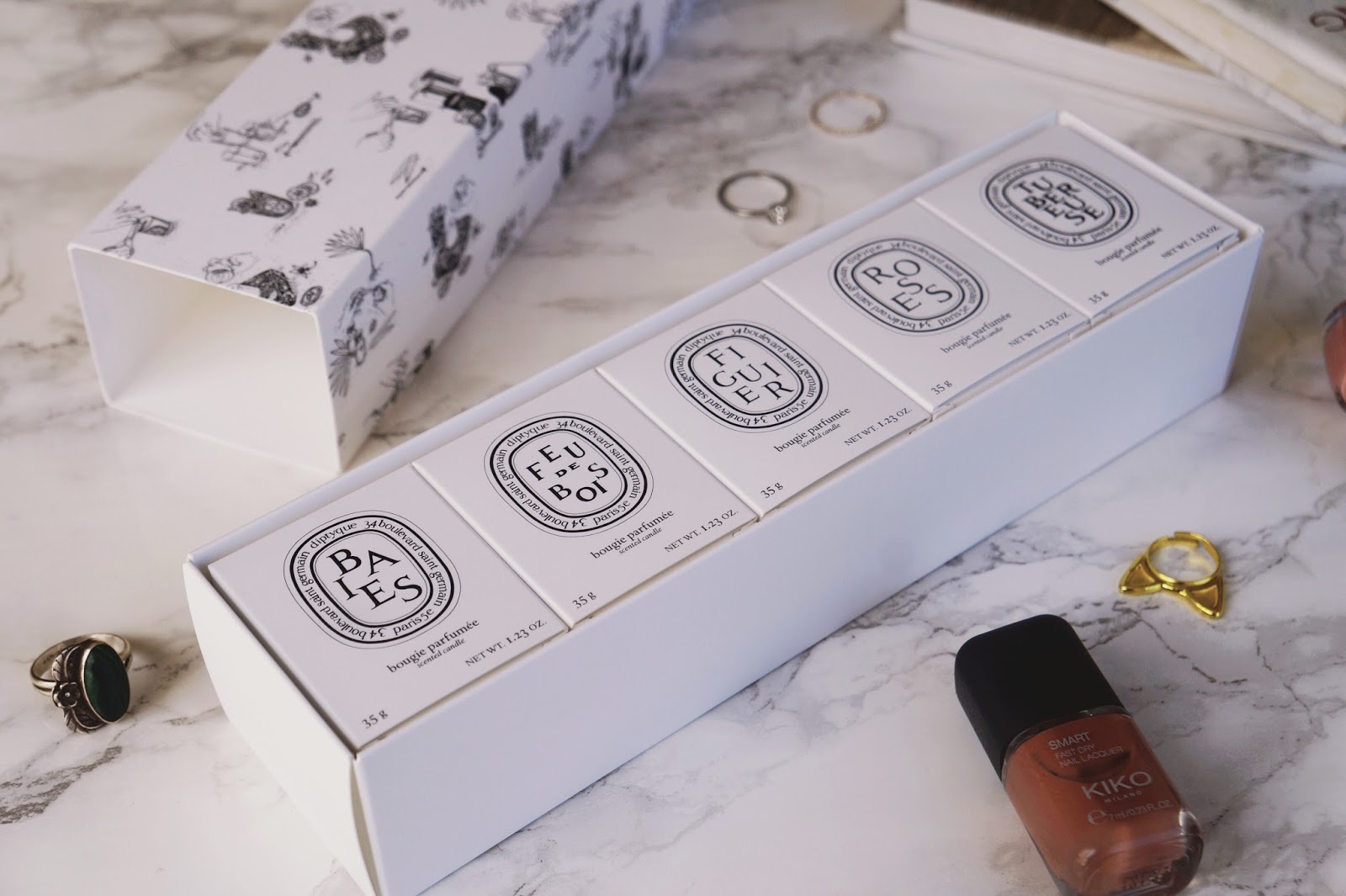
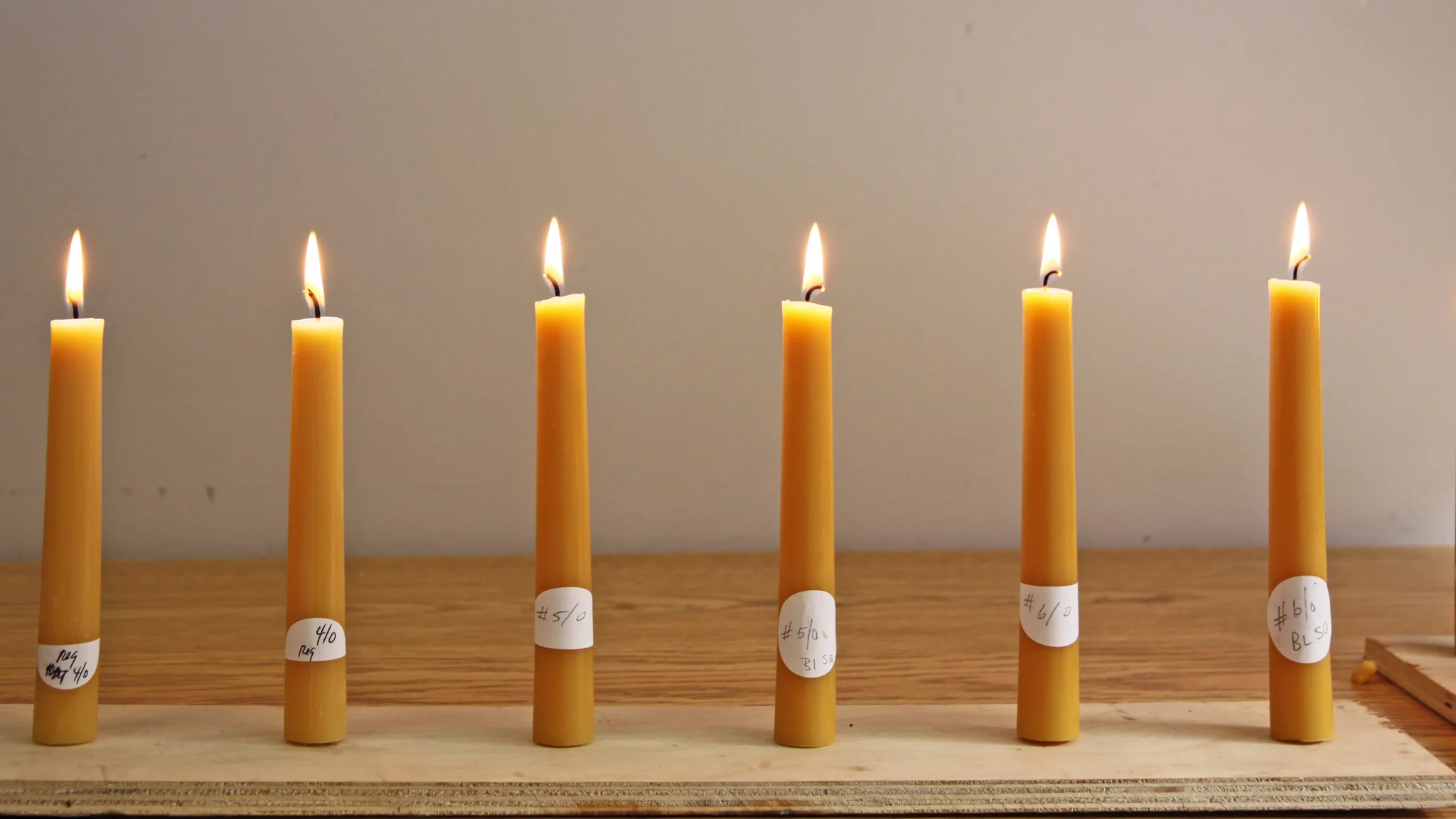
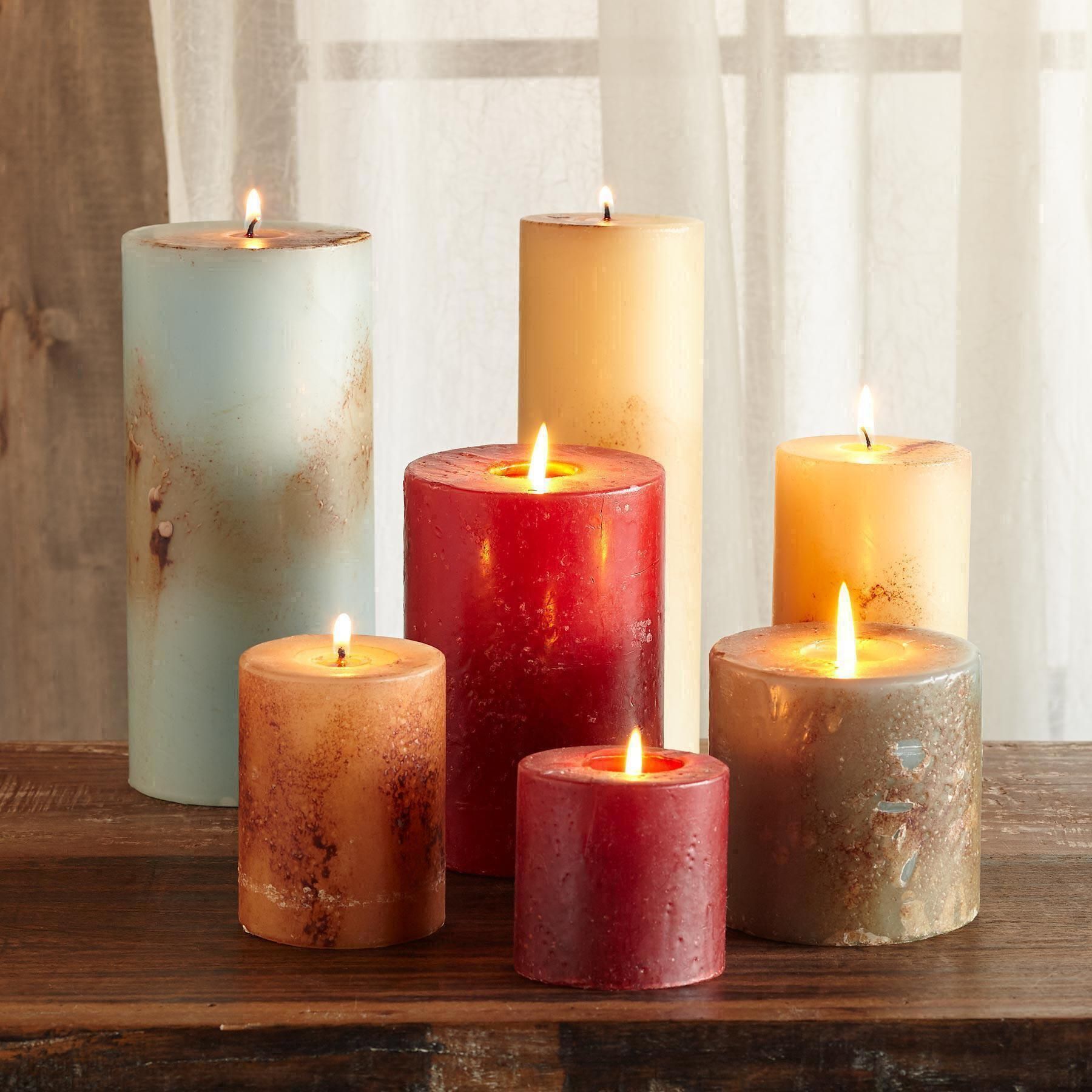
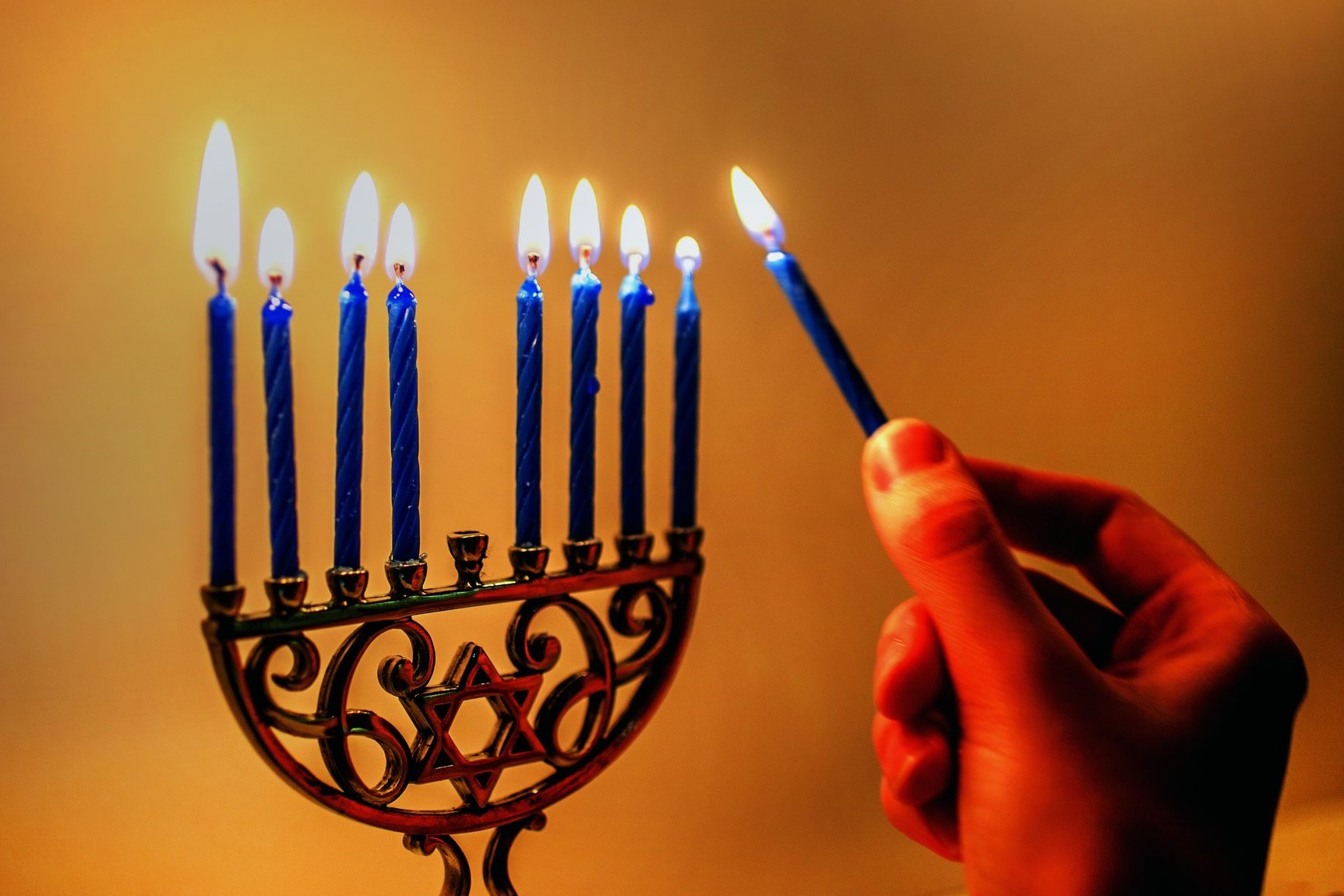
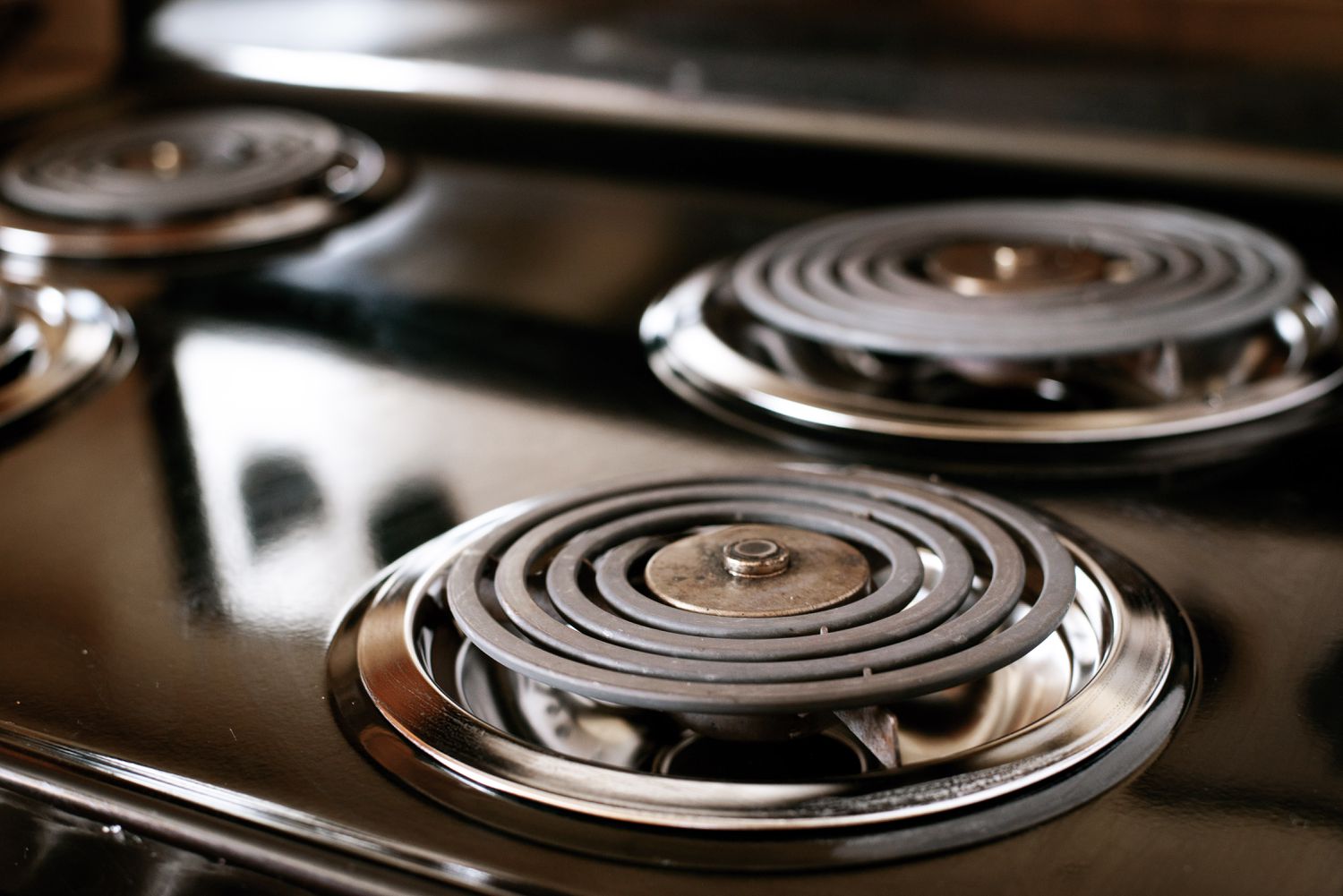
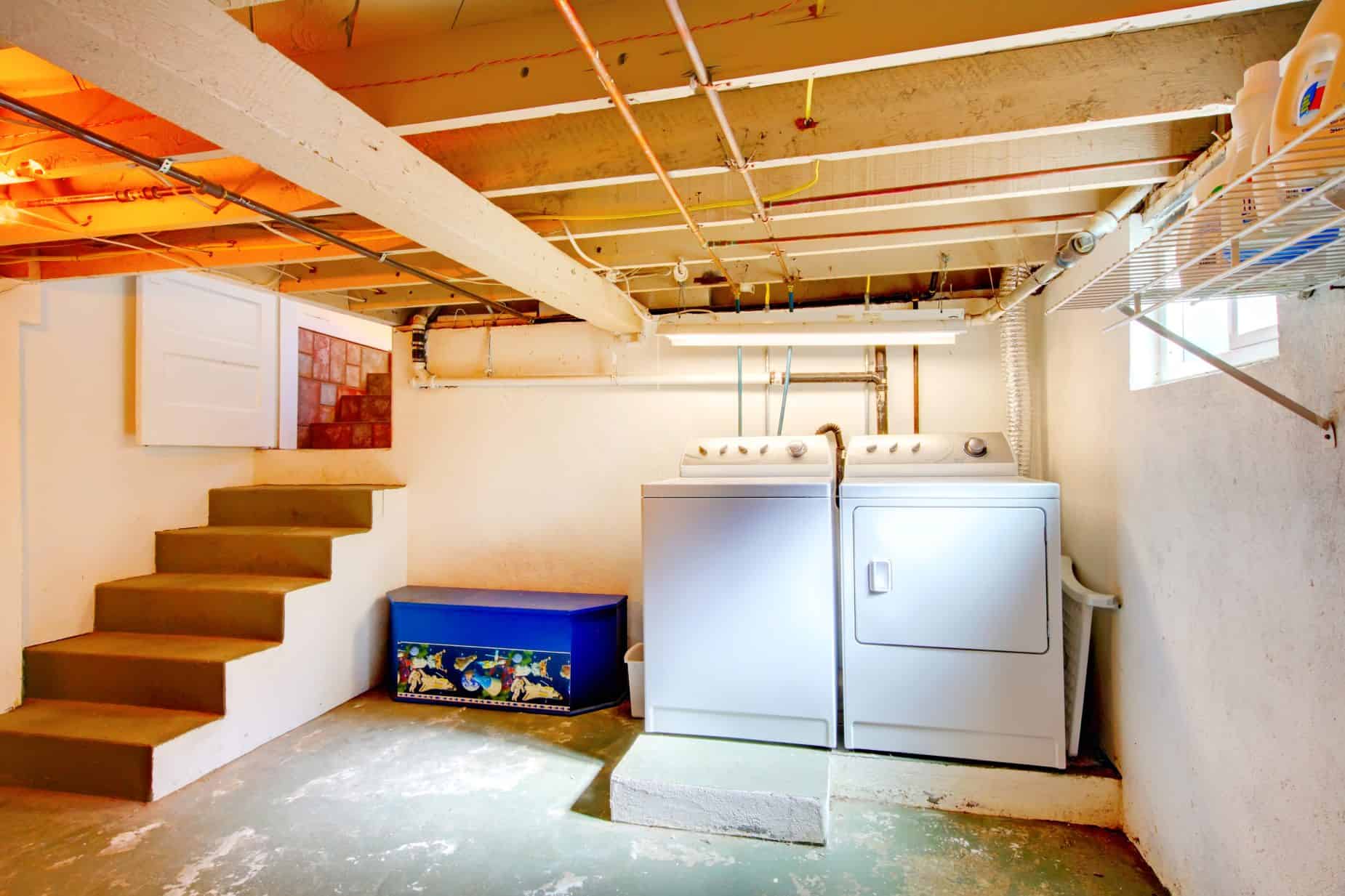
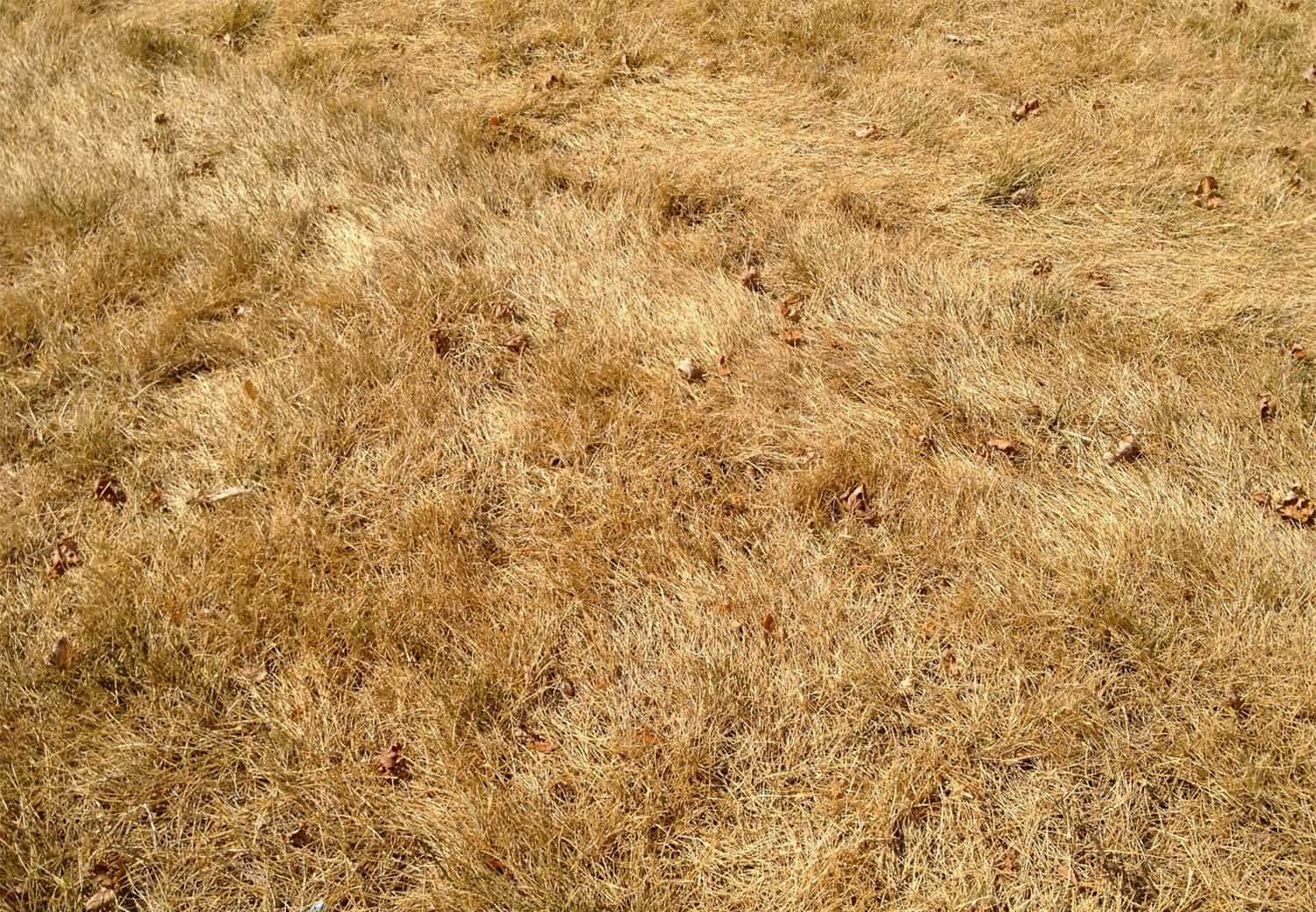
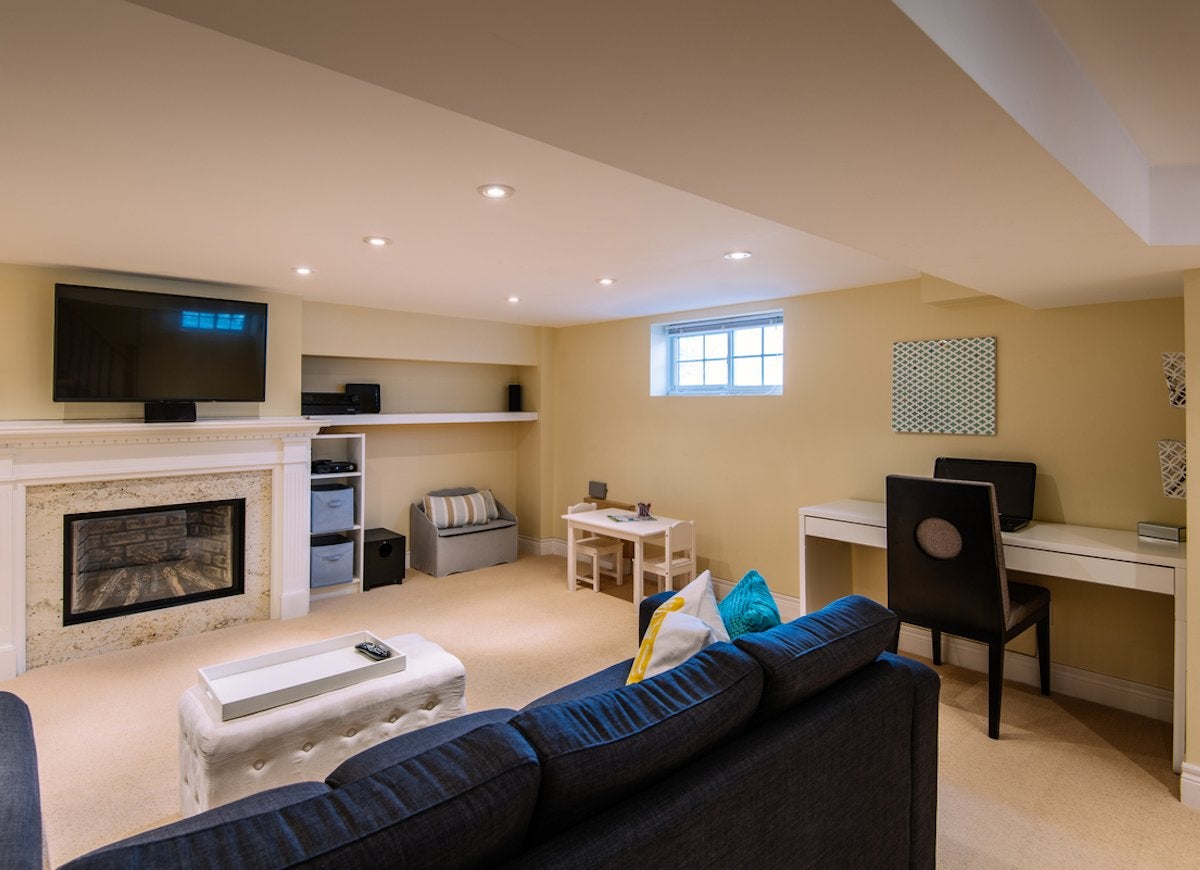
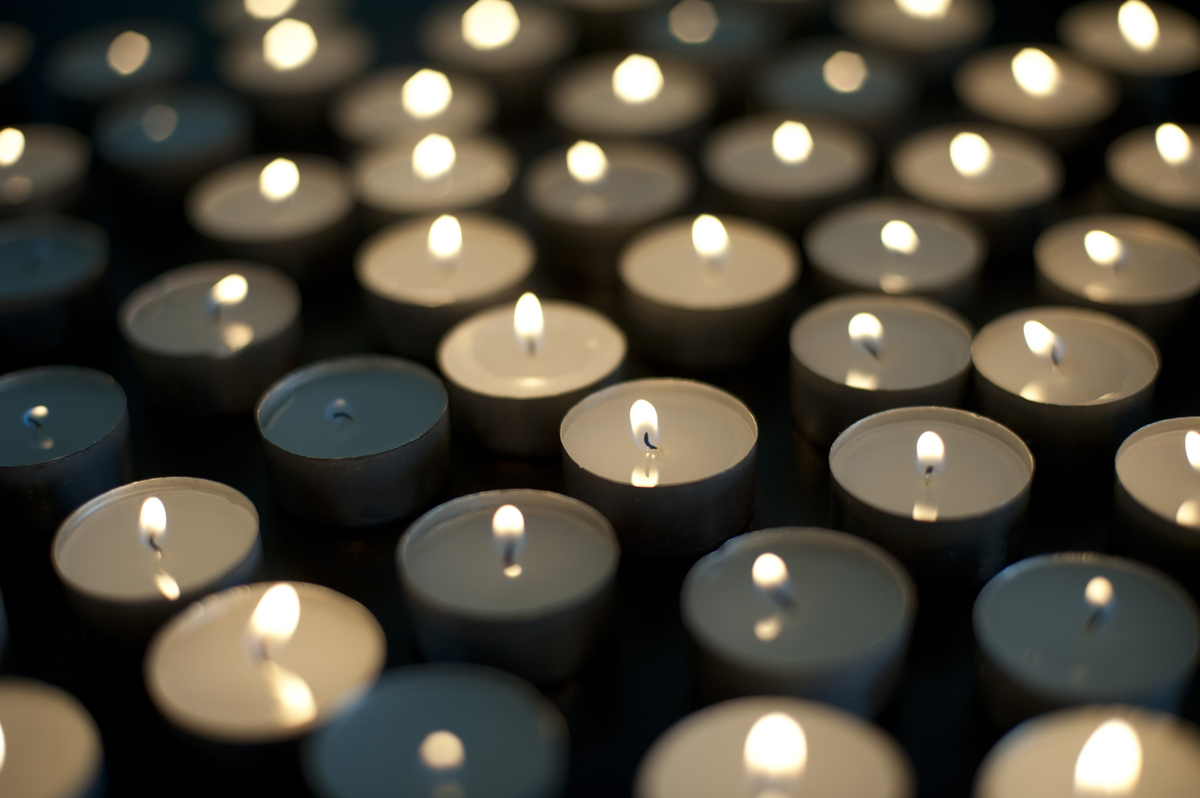
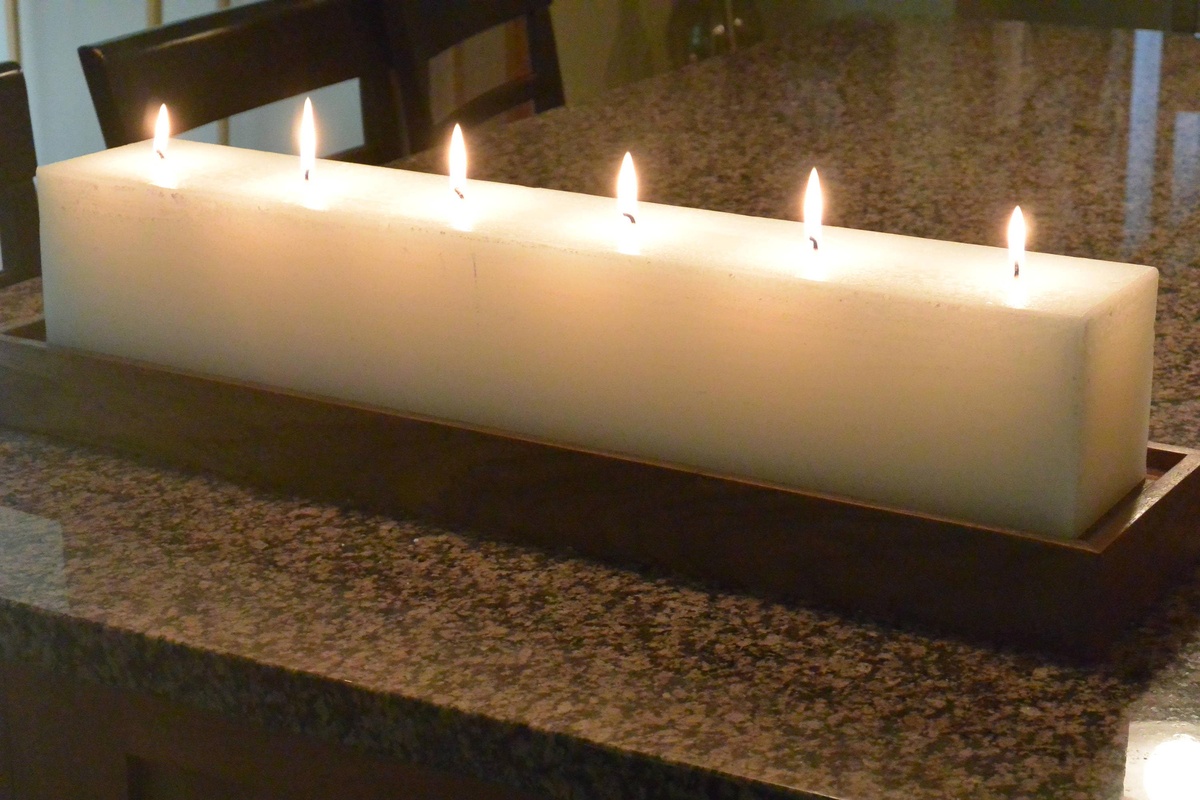
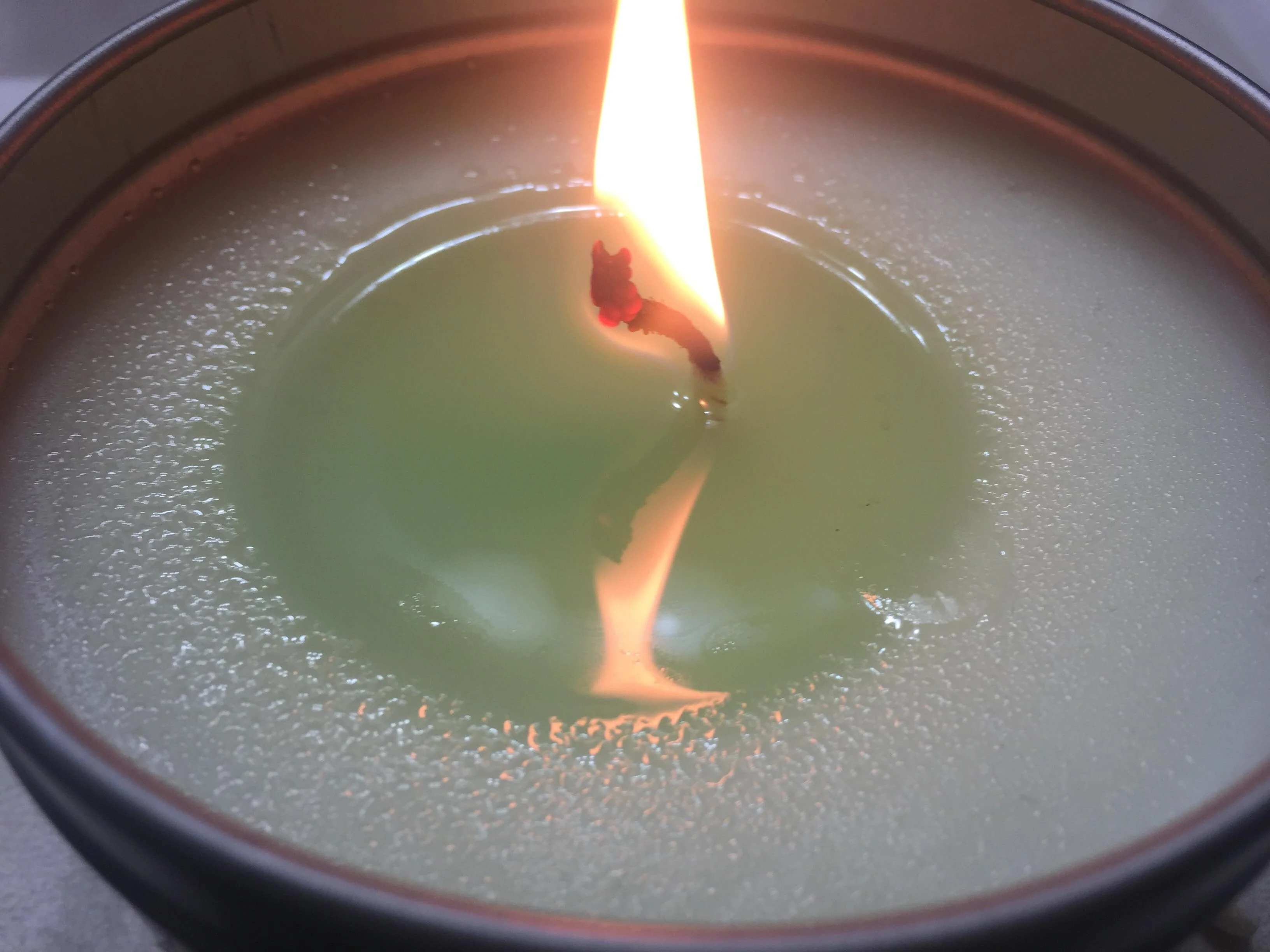
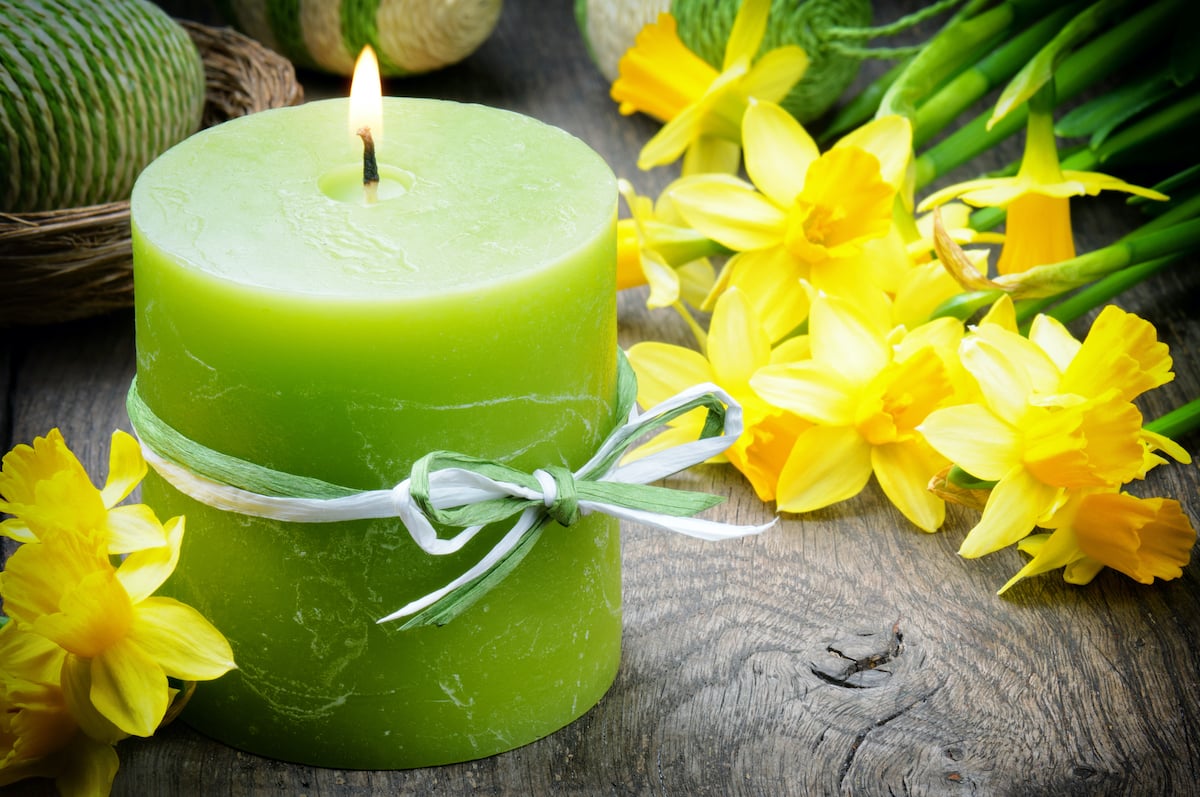
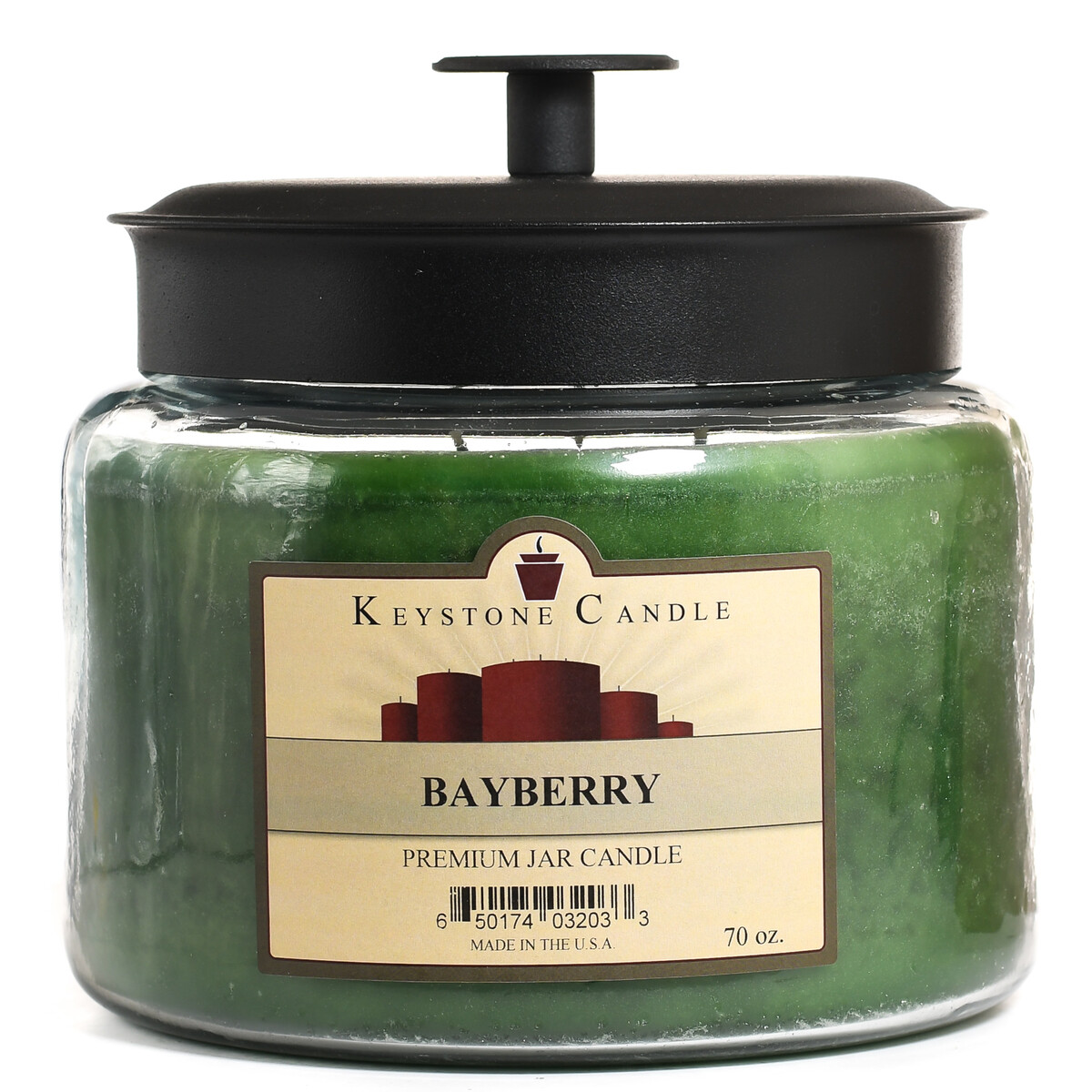

0 thoughts on “Why Do My Candles Burn So Fast”